Resting within its protective cocoon, the caterpillar dissolves into a slushy stew. Floating in this stew are imaginal cells, the beginnings of a butterfly. As these sleeping cells begin to vibrate in a new rhythm, they recognize and are drawn to each other to begin their magical transformation into a butterfly.
Source Unknown
The Imaginal Network draws its name from the butterfly’s final stage, the imaginal stage, when the caterpillar in its cocoon reorganizes itself and becomes something completely different.
At first these imaginal cells – the seeds of future potential, which contain the blueprint of a flying creature—operate independently as single-cell organisms. They are regarded as threats and are attacked by the caterpillar’s immune system. But they persist, multiply, and connect with each other, the Imaginal cells form clusters and clumps, begin resonating at the same frequency and passing information back and forth until they hit a tipping point. They begin acting not as discrete individual cells but as a multi-cell organism – and a butterfly is born.
People living with brain injuries find that in an instant their brains and lives have changed. Like new imaginal cells, those with brain injury may reject their new brain and new life at first. Yet, at some point in our journey we learn to adapt and we learn that to live well with a brain injury (or without one) involves letting go of what was, and inviting something new to emerge. At the Imaginal Network, we call this process “re-braining.”
Our programs provide opportunities for people living with brain injury find, recognize and support each other. Just as the imaginal cells must find each other to transform into something new, and the cells within each injured brain must reorganize, people living with brain injury are more likely to flourish in each other’s company.
